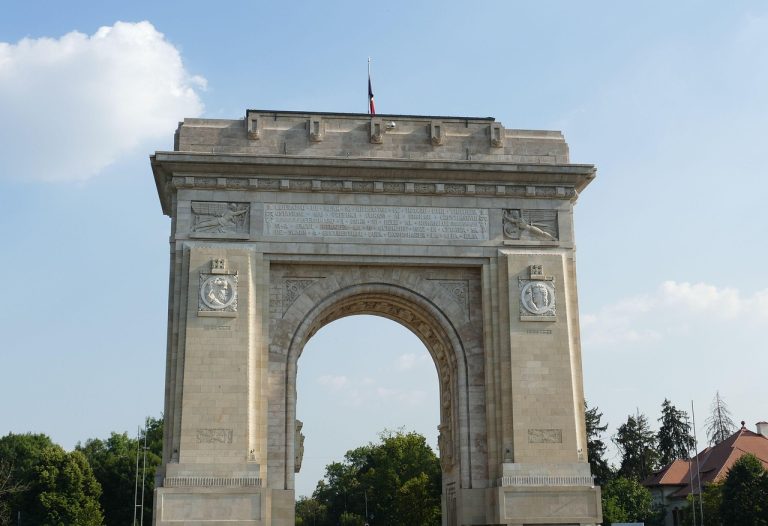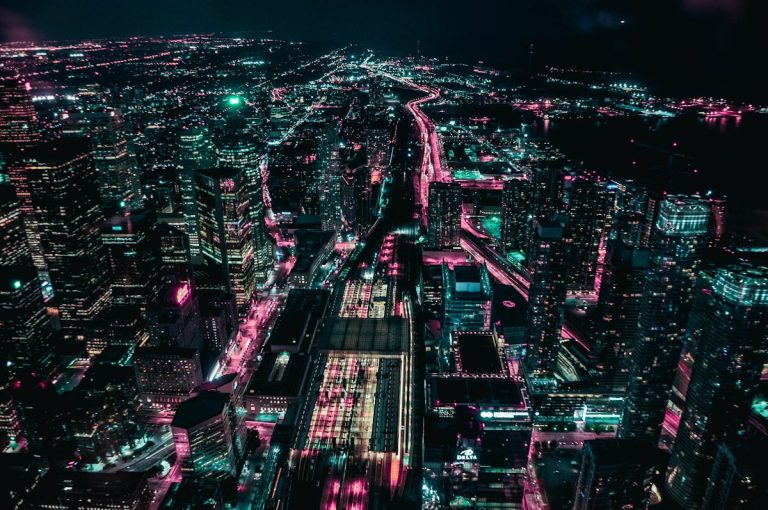The Best Public Transit Systems for Travelers
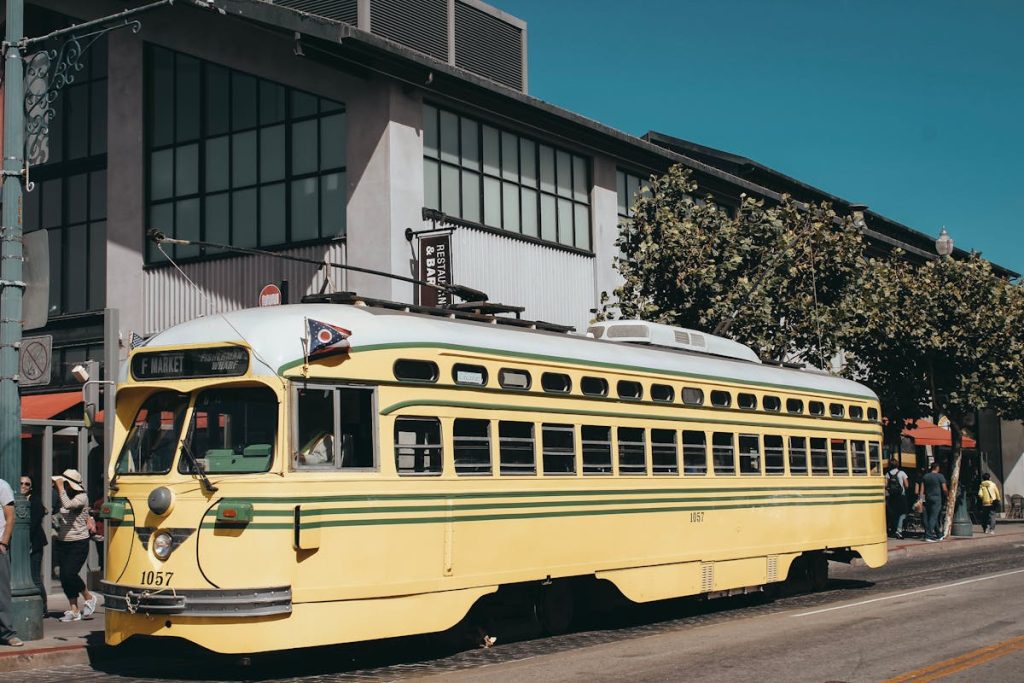
Efficient public transit can make exploring a city easy, affordable, and enjoyable. Whether traveling for leisure or business, the best systems connect major attractions, neighborhoods, and airports with reliability and comfort. From sleek trains to scenic trams, these cities prove that great transportation can be part of the experience. For travelers who prefer moving like locals, these standout systems turn every commute into an adventure worth remembering.
New York City, United States
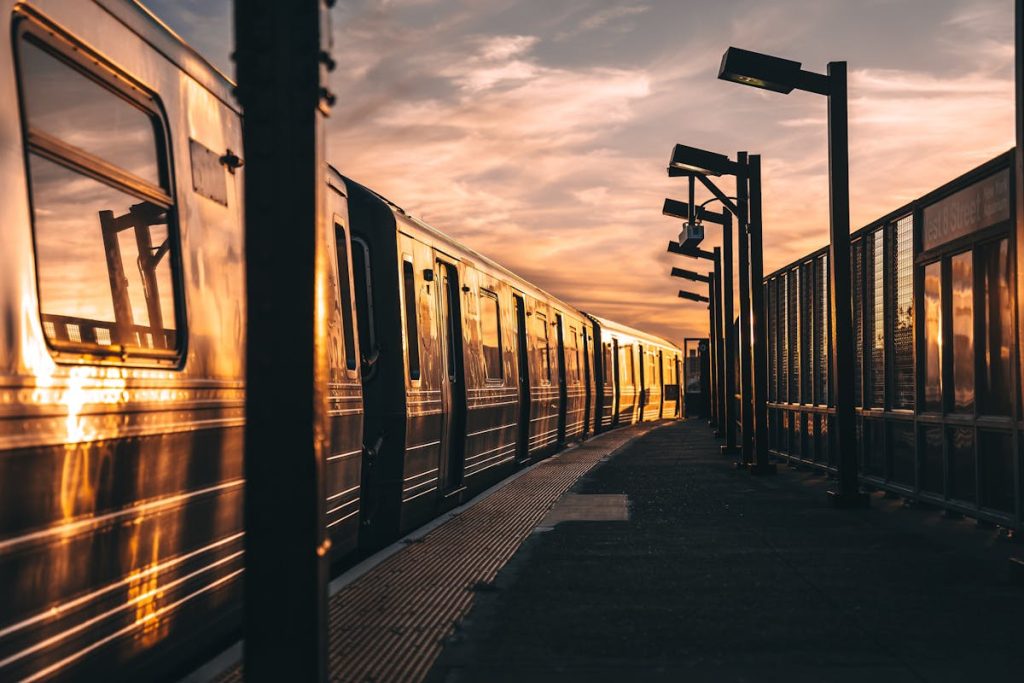
New York’s subway system runs nonstop, linking all five boroughs with over 470 stations. Travelers can reach everything from Times Square to Coney Island for the cost of a single fare. Despite its size, the system remains surprisingly intuitive once you learn its routes. The blend of history, diversity, and constant motion makes riding the subway feel like part of the city’s rhythm.
Tokyo, Japan

Tokyo’s public transit is renowned for precision, cleanliness, and speed. Its network of subways, trains, and buses connects seamlessly, covering the city and surrounding regions. Signs in multiple languages make navigation easy for visitors. Each ride reflects the city’s efficiency and courtesy, proving why Tokyo consistently ranks among the most reliable transit systems in the world.
London, England

London’s Underground, affectionately called the Tube, combines rich history with modern convenience. Its extensive network connects nearly every corner of the city, making sightseeing effortless. The clear maps and iconic signage help travelers move confidently through stations. The Tube’s blend of old charm and new technology captures the timeless appeal of exploring London from below.
Paris, France
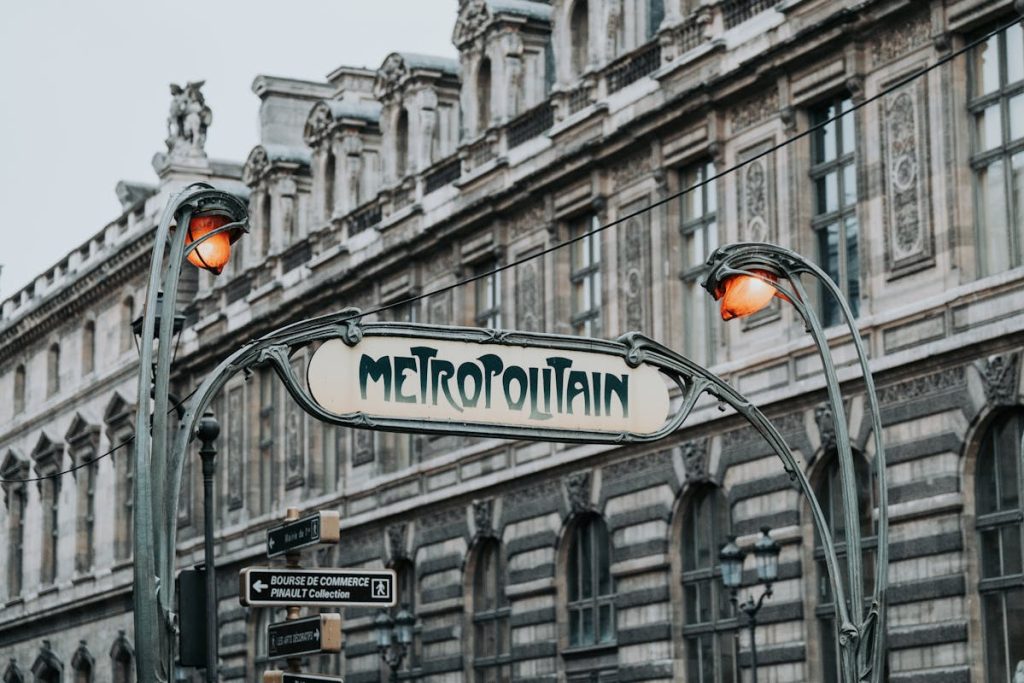
Paris offers one of the most user friendly and scenic metro systems in Europe. With frequent trains and beautifully designed stations, it makes getting around both simple and stylish. Travelers can hop between landmarks like the Eiffel Tower and Montmartre in minutes. The city’s buses and regional trains add another layer of convenience for day trips beyond the capital.
Seoul, South Korea
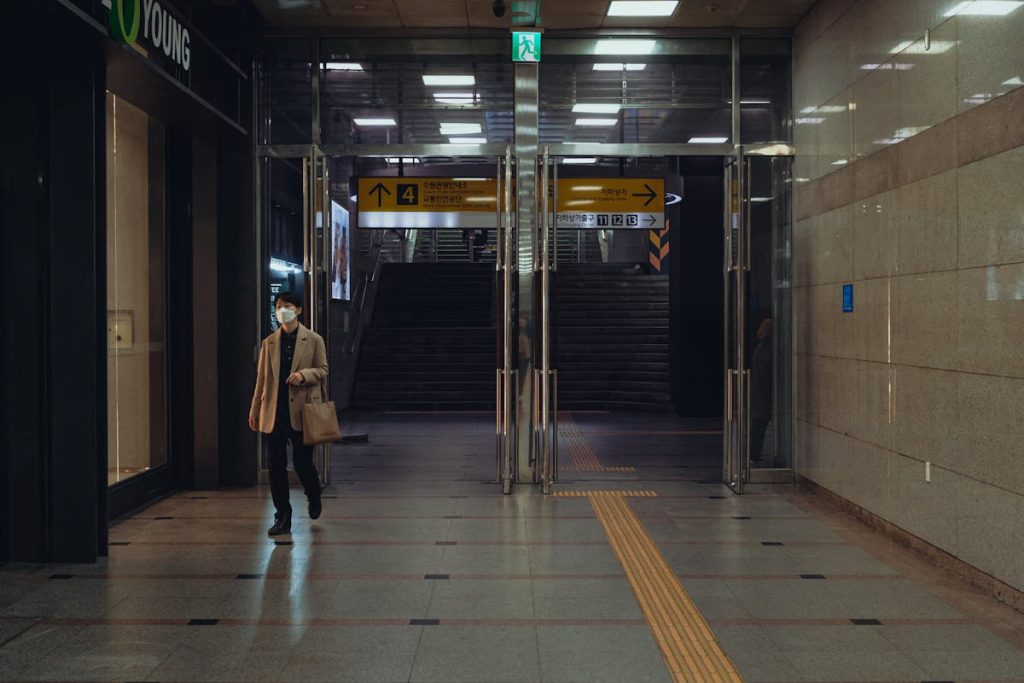
Seoul’s subway system combines modern technology with traveler comfort. Air conditioned cars, free Wi-Fi, and clear multilingual signs make navigation effortless. The stations are clean, safe, and often connected to shopping centers or cafes. Known for punctuality and affordability, Seoul’s network offers an experience as efficient as the city itself.
Berlin, Germany
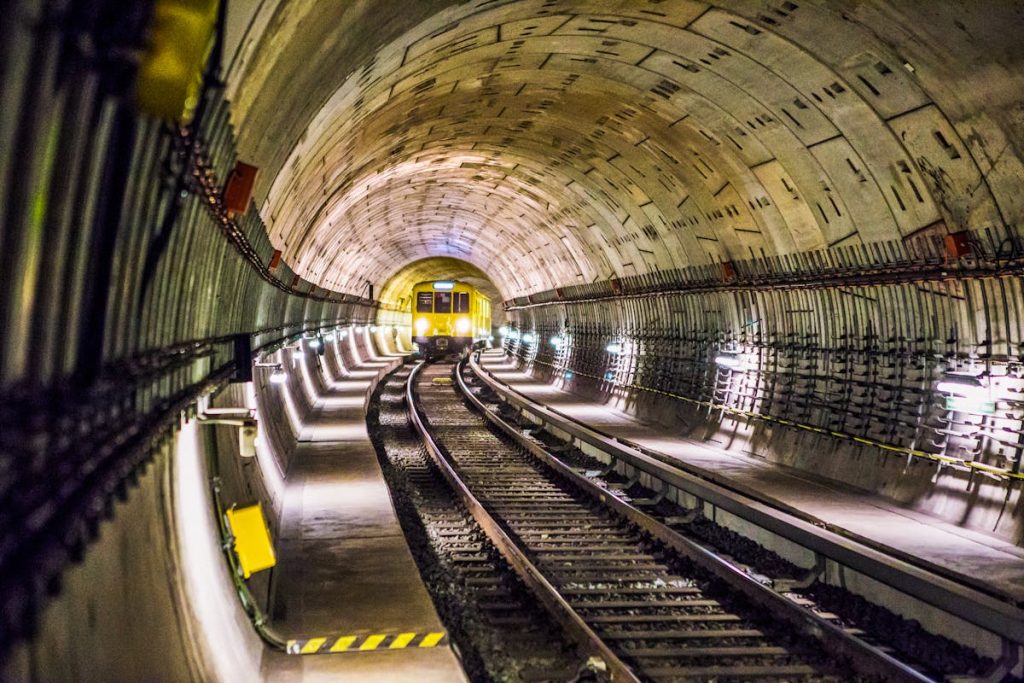
Berlin’s public transit network, known as the BVG, offers seamless connections through subways, trams, and buses. The system’s reliability and coverage make exploring neighborhoods like Kreuzberg or Prenzlauer Berg easy. Its stations are well marked, and ticketing is straightforward, giving travelers flexibility without stress. The BVG’s combination of accessibility and simplicity defines Berlin’s welcoming vibe.
Singapore
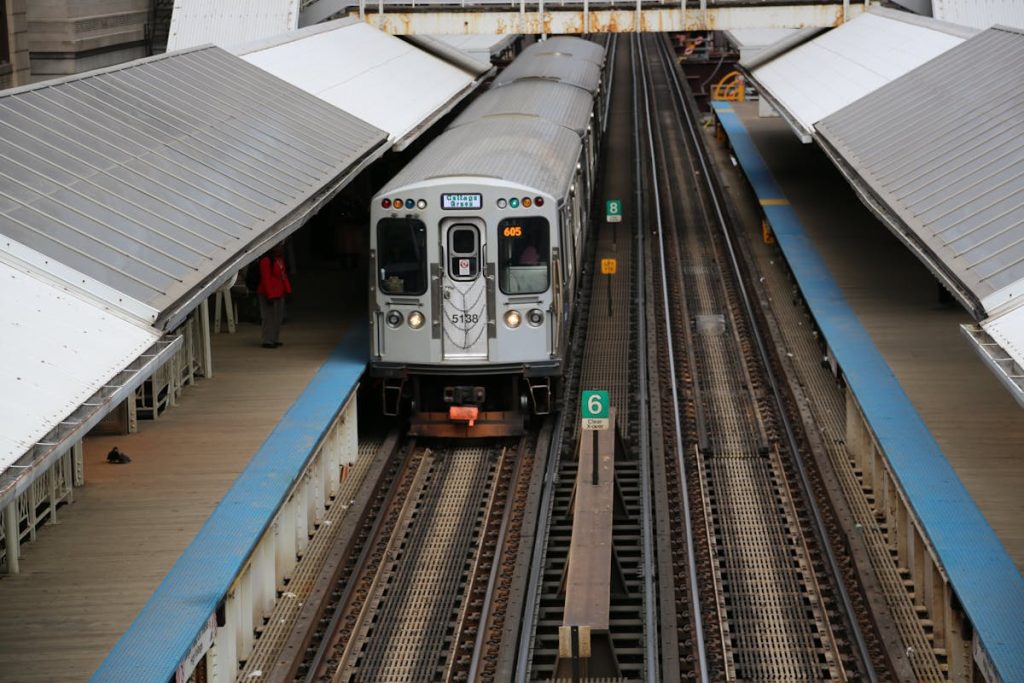
Singapore’s Mass Rapid Transit system, or MRT, is one of the cleanest and most organized in the world. The stations are spotless, the trains punctual, and the routes well labeled. The MRT links major districts, attractions, and the airport efficiently, making it ideal for travelers. With consistent air conditioning and ease of use, it sets a global standard for public transport.
Hong Kong
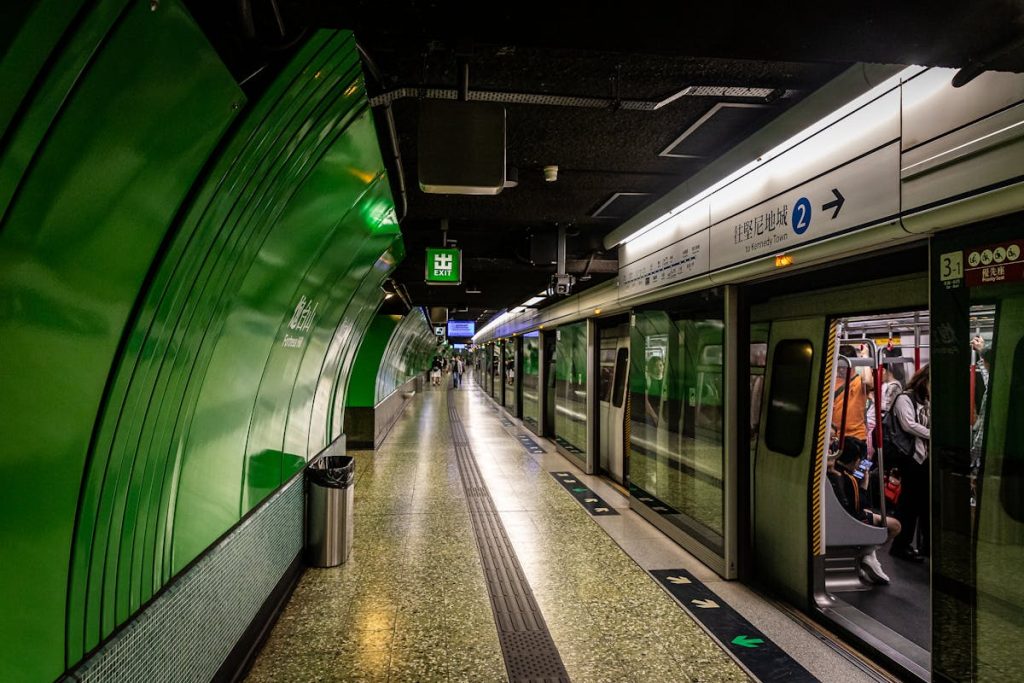
Hong Kong’s MTR connects the city’s skyscrapers, markets, and mountains through a fast and affordable network. Its Octopus Card system simplifies fares across trains, trams, and ferries. The system’s precision and accessibility make it one of Asia’s best for visitors. Each journey offers a glimpse of the city’s vibrant blend of modernity and tradition.
